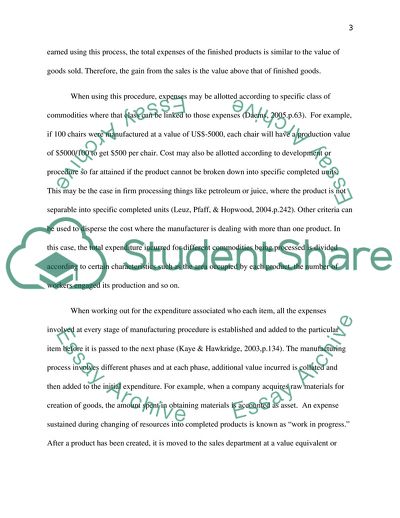Cite this document
(Absorption Coasting versus Marginal Costing Term Paper, n.d.)
Absorption Coasting versus Marginal Costing Term Paper. Retrieved from https://studentshare.org/finance-accounting/1788369-absorption-coasting-vs-marginal-costing
Absorption Coasting versus Marginal Costing Term Paper. Retrieved from https://studentshare.org/finance-accounting/1788369-absorption-coasting-vs-marginal-costing
(Absorption Coasting Versus Marginal Costing Term Paper)
Absorption Coasting Versus Marginal Costing Term Paper. https://studentshare.org/finance-accounting/1788369-absorption-coasting-vs-marginal-costing.
Absorption Coasting Versus Marginal Costing Term Paper. https://studentshare.org/finance-accounting/1788369-absorption-coasting-vs-marginal-costing.
“Absorption Coasting Versus Marginal Costing Term Paper”, n.d. https://studentshare.org/finance-accounting/1788369-absorption-coasting-vs-marginal-costing.


